Laurence Sturla: an empirical turn of events
Between cigarette breaks and fleeting memories, we look at the ceramics of Vienna-based artist Laurence Sturla.
A famous thought experiment called Mary’s Room goes more or less like this: Mary is stuck in a black and white room where she learns all the possible facts about the color red. She knows all about the physics of colours and light, she reads all the literature there is about the color red, she hears from everybody who has seen it, etc. She’s convinced she knows the color red. Finally, she gets out of her black and white room and she sees a red square on a wall. She realises she didn’t really know the color red. Somewhere in between philosophical argument and cheesy zen story, Mary’s Room reminds of what Vienna-based emerging artist Laurence Sturla (b. 1992) said about ceramic kilns: first-person access to one of them is crucial to the experience of working with ceramics. Perhaps this is true for any direct involvement of an artist with their craft of choice.
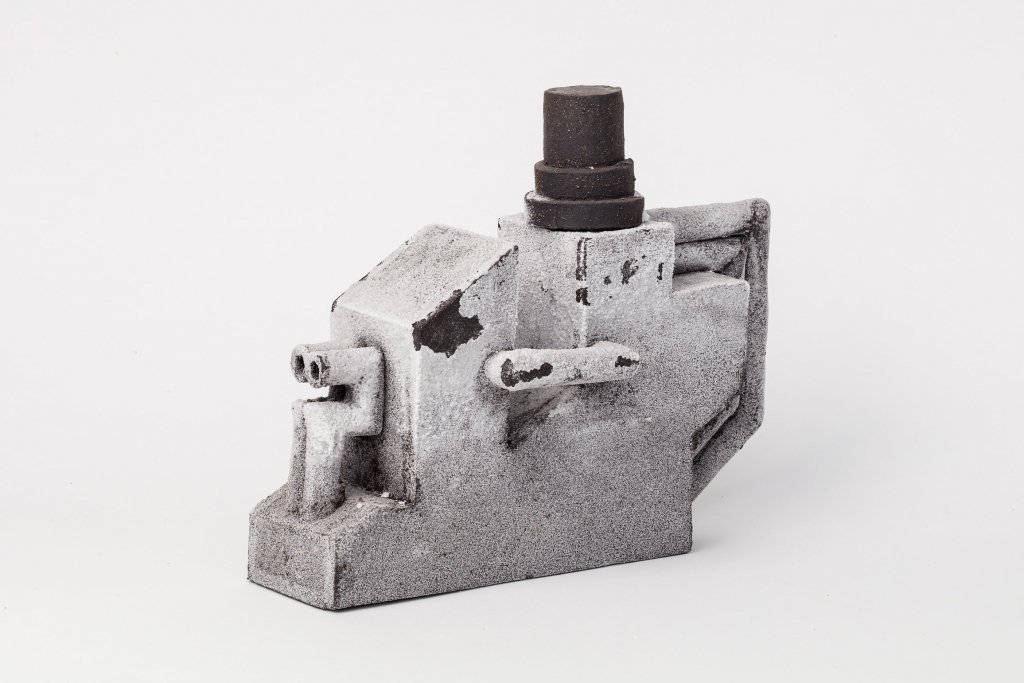
Even before focusing on ceramic in his studio practice, Laurence Sturla didn’t shy away from manual labor. He had jobs in a bronze foundry and a tattoo shop. Like many artists today, he currently moonlights as an art handler. However, his artwork is not about some kind of glorification of manual labour. Lucy McKenzie recently told us that crafty contemporary artworks can run the risk of acquiring value merely because of the physical effort and skills put in them. Laurence Sturla’s ceramics tackle this issue. As he says: “my works are objects of a forced break, a pause in the work day, or the objects themselves are just refusing to work. The ‘teapot’ pieces for example aren’t glazed on the insides, so they do not hold liquid. They could be reglazed and re-fired to become functional, but they instead are in this state of hibernation, on strike.”
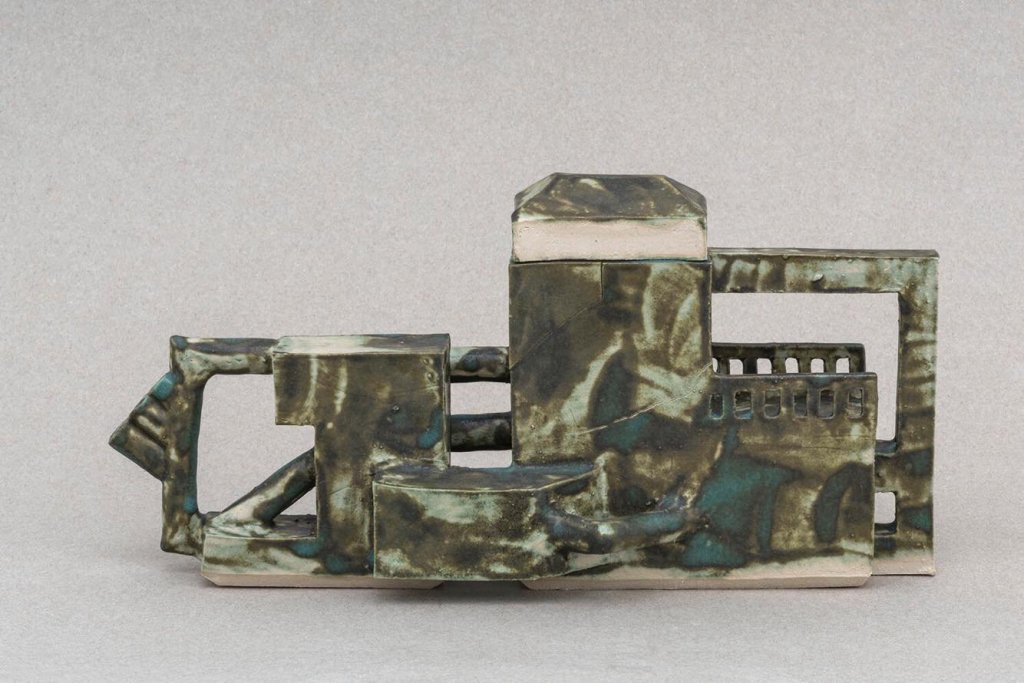
Direct involvement with techniques doesn’t simply mean mastering them for the sake of material production. For example, Than Hussein Clark mentioned how he made a complex tapestry in order to make a political point at an art fair, generally understanding better the mysterious workings of the art market. Laurence Sturla’s ashtrays are ways for him to unravel the thin line between art and design typical of ceramic objects. He says: “At the moment I have been attempting to teach myself how to throw pottery on the wheel, both trying to understand the material and its history further, whether it is again in a somewhat idealised way, a nod to the likes of Peter Voulkos, Ruth Duckworth and Ian Godfrey – studio ceramicists who began to shift ceramics into a more sculptural realm. This process involves so much trial and error, with the broken shards, detritus and other sludge discarded into standardised ashtray forms, which in turn become testing grounds for new glazes and firing temperatures. Through these processes, which come from trying to understand a material more, artworks rekindles a love and a further understanding/curiosity for other objects which maybe hold a similar mentality: a Sterling Ruby ashtray, a decorative Palissy plate or an Ikea mug.”
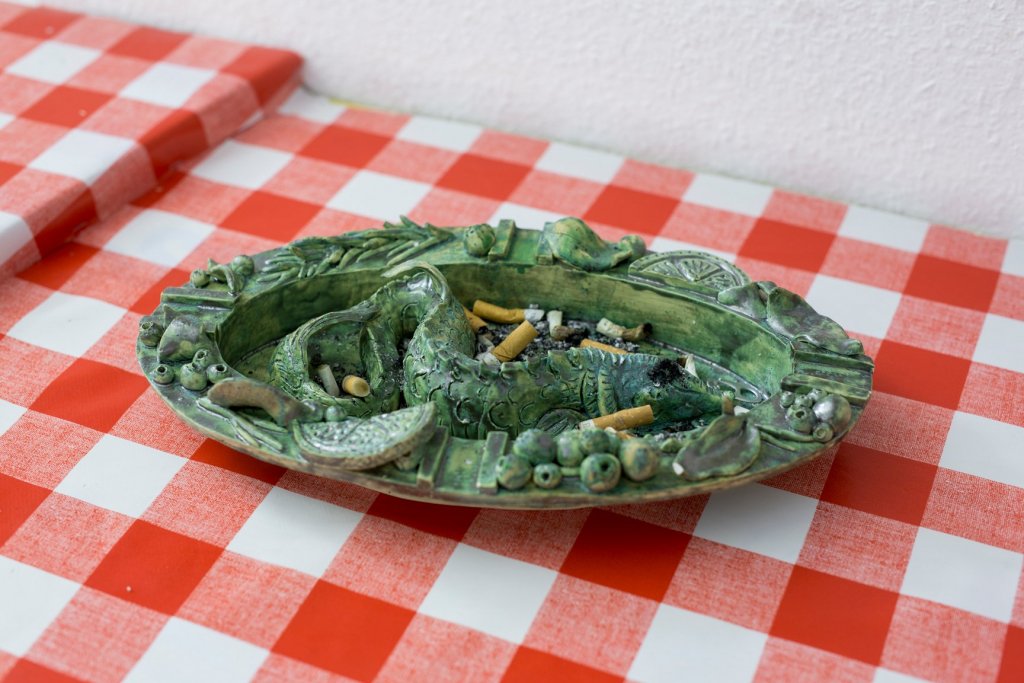
Laurence Sturla, Studio Ashtray (Banquet), 2017. Glazed earthenware. installed at Bar-du-Bois-Kultur, Foundation, Vienna. Courtesy of the artist. Photo: kunst-dokumentation.com. 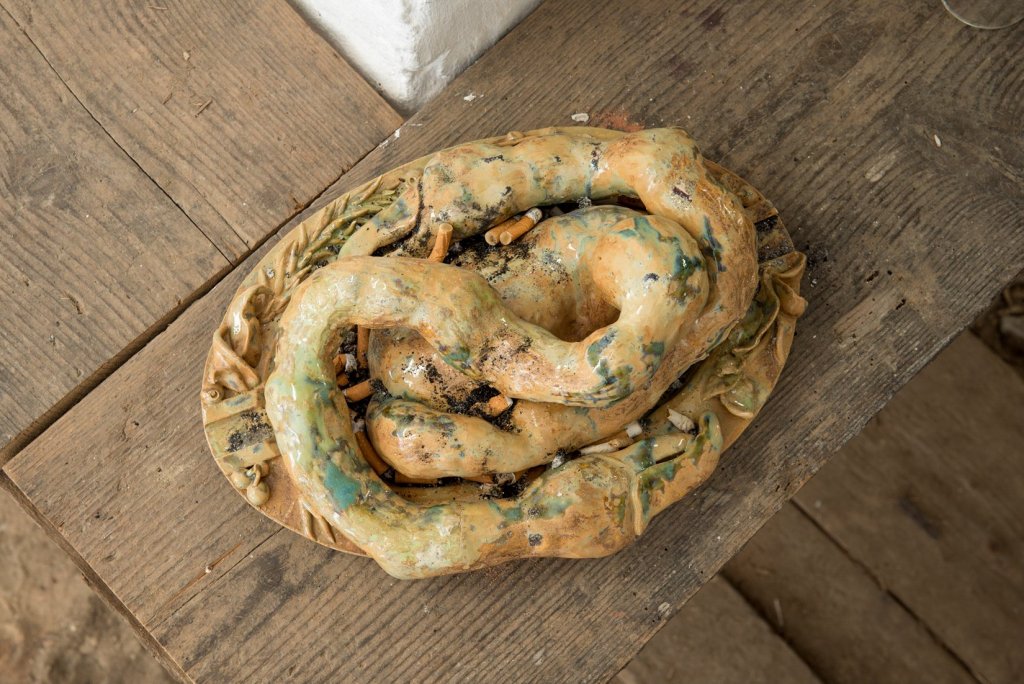
Laurence Sturla, Studio Ashtray (Pastime with good company), 2018. Glazed Stoneware. Courtesy of the artist and Pina Vienna. Photo: Jenifer Gallardo.
At times, Laurence Sturla’s ashtrays served the function hinted by their name. They worked. Exhibited at Pina in Vienna, they held cigarette ash for the convenience of the smoking visitors at the gallery. At the same time, these sculptures again related to a suspension of work. The cigarette break taken by the stereotypical office clerk is the quintessential pause. Moreover, the ashtrays clearly distance themselves from functionality in their refusal of minimalism and rationalism. They are anti-modernist objects in many ways, but especially because they are loaded with ornamentation, spanning time and space in their references.
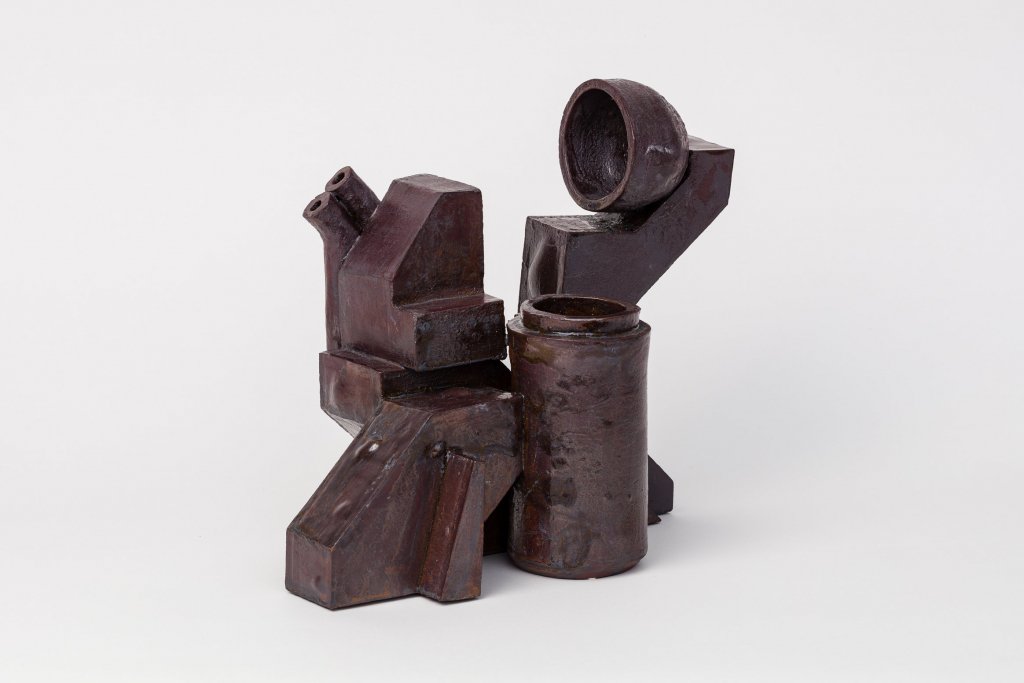
Confronted by an abstract painting or sculpture, we can easily wonder about the origin of the shapes in them. Nathalie du Pasquier once mentioned that even the food she eats for lunch can inform the paintings she makes in the afternoon. Besides sandwiches, memory often plays a role in the generation of artworks. If the past is our memories and our memories are constantly changing, the past must be constantly changing too. A strange thought indeed, since how could the past change if it is past? Laurence Sturla sent us some beautiful words about the relationship between his artworks and memory. He says that the shapes of some of his pieces originate from drawings of power plants, quarries, refineries, shipyard, futurist architecture, sketched from memory and therefore unstable in their being imprecise representation of real things.
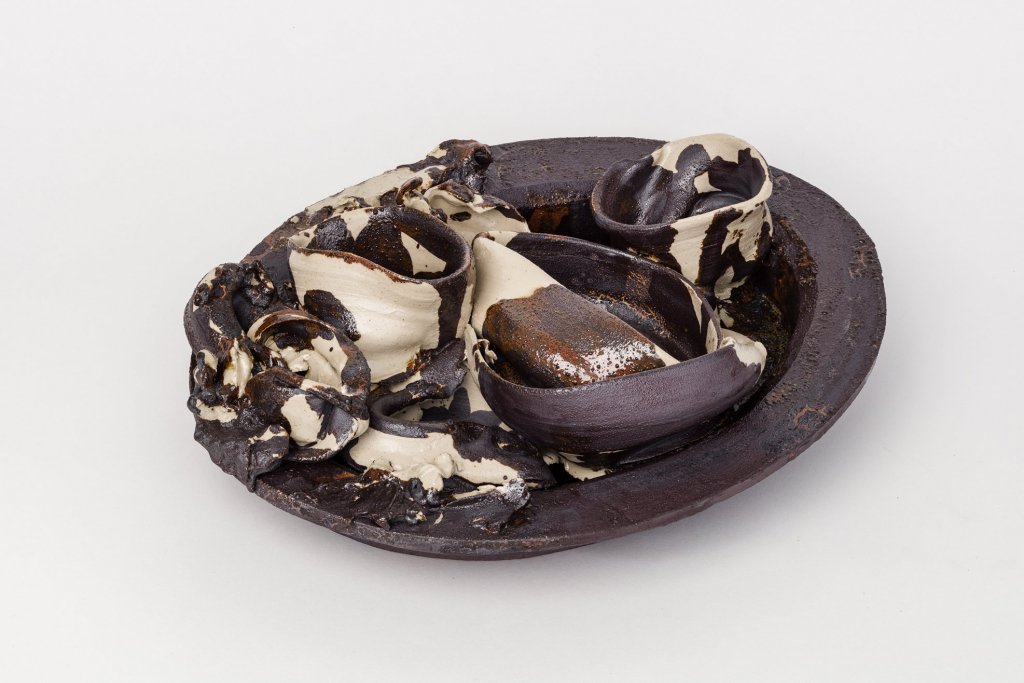
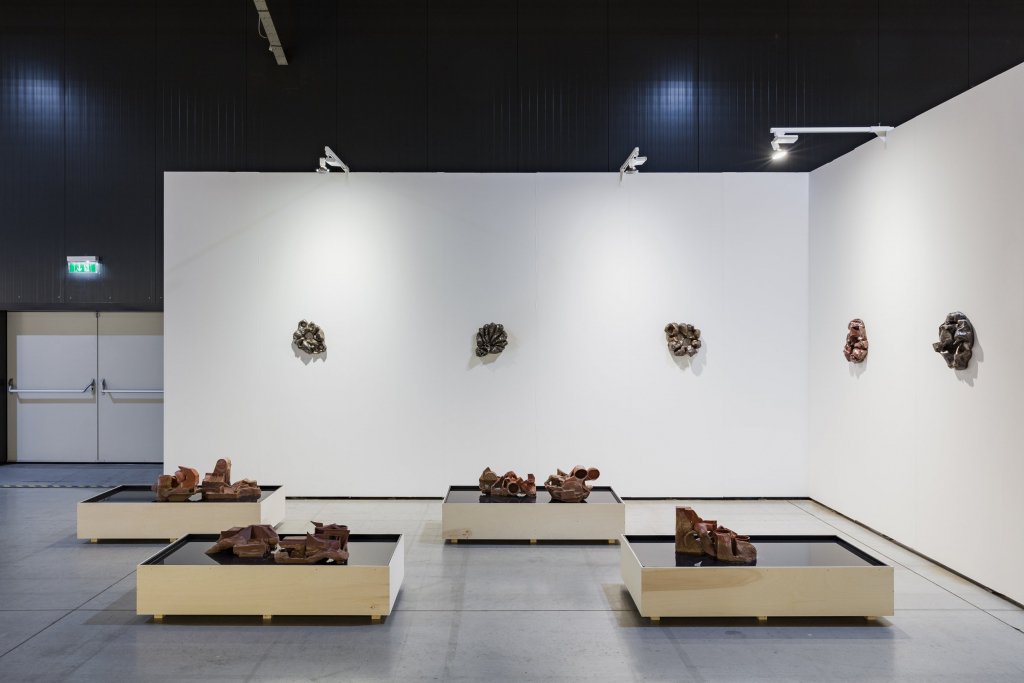
In one of his longer texts written on the occasion of his booth at Vienna Contemporary with Gianni Manhattan gallery, Laurence Sturla brings up the concept of ceramic as a clock and information carrier. He says: “A shard of unearthed ceramic becomes a durable cultural artefact, a form that can be reconstructed, dated and placed around the world. The moment a ceramic object is withdrawn from the kiln it reacts with its surroundings, absorbing chemicals and moisture present in the air, gaining weight throughout its lifetime at a very precisely defined rate. The level of moisture and therefore the weight that the objects gain allows you to accurately date them, meaning that ceramics can act as a form of clock, a timely key to unlocking their past.” The jump between an artefact giving testimony of past cultures and an artwork spelling out the past of an artist seems natural.
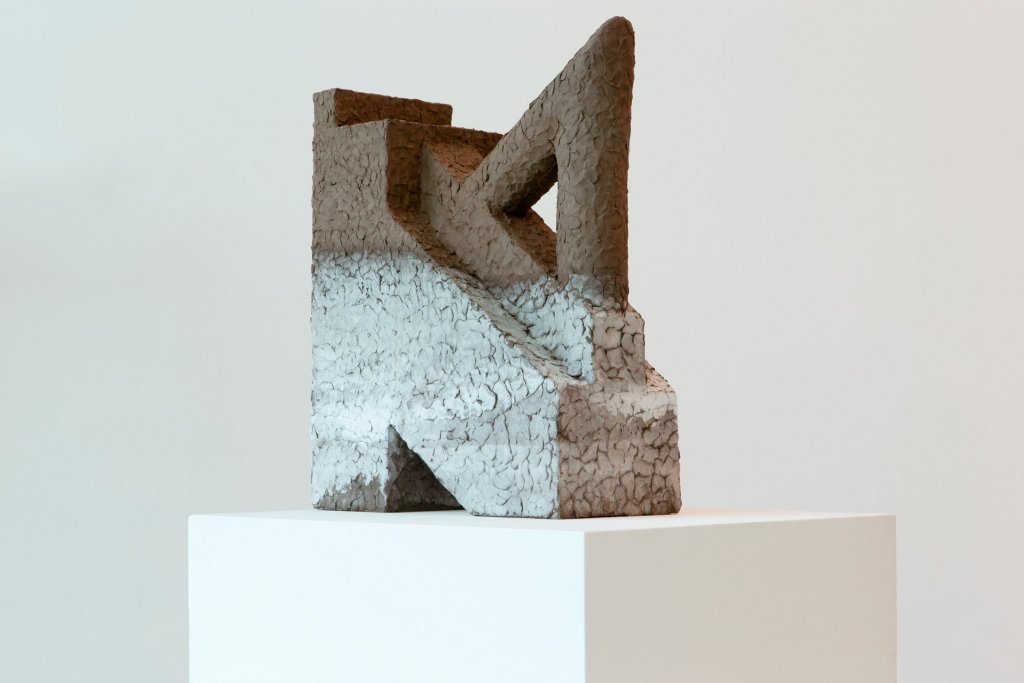
Lastly, we were especially interested to hear “ceramic jokes,” as the artist dubbed some of his works during our conversation. As a few humour theories have it, jokes always depend on shared codes. If I don’t share conventions and rules with the joker, hardly will I find the jokes funny. Humour is an expression of knowledge. A direct experience of techniques allows to build the codes necessary to understand why a certain ceramic piece is funny for the community of ceramists out there. For example, Laurence Sturla says: “The salt finish of some pieces originally came about from my inability to try a process called salt glazing, where salt is thrown into the kiln at high temperature. This forms a sodium silicate crust. Not having access to a kiln where I could do this, I instead bathed them in salt.” Despite being given the knowledge necessary to understand why a salt-bricolage is funny, we don’t quite grasp the ceramic joke as if we tried the salt-glazing ourselves. We nonetheless appreciate the complexity of the resulting artwork, perhaps like Mary appreciated the color red before she got to leave her black and white room.
December 14, 2020
